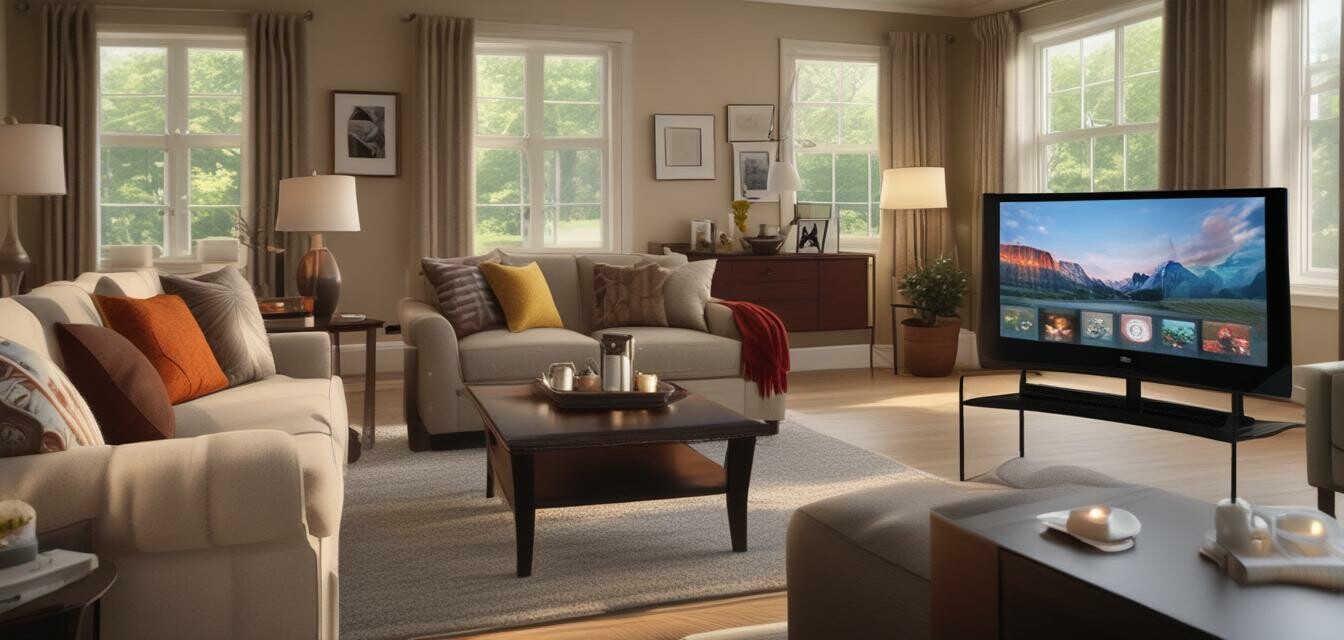
Aging in Place: The Rise of Smart Homes for Seniors
Key Takeaways
- The trend of aging in place is growing, supported by smart home technologies.
- Smart home gadgets enhance safety, security, and convenience for seniors.
- Emerging technologies are changing the landscape of caregiving and senior living.
- Understanding these trends can significantly benefit seniors and their families.
As the population of older adults continues to grow, the concept of aging in place has gained momentum. The integration of smart home technologies enables seniors to live independently while ensuring their safety and comfort. This article explores the relationship between aging in place and smart home innovations, highlighting how these advancements are shaping the future for seniors and caregivers alike.
Understanding Aging in Place
Aging in place refers to the ability of seniors to remain in their own homes and communities while receiving the support they need. This approach offers numerous benefits, including familiarity with one's environment and reduced emotional distress. However, achieving effective aging in place requires a careful blend of assistance and technology.
What are smart homes?
Smart homes utilize internet-connected devices and gadgets to enhance daily living. For seniors, these technologies offer streamlined solutions for many common challenges associated with aging.
Benefits of Smart Home Technology for Seniors
| Benefit | Description |
|---|---|
| Enhanced Safety | Smart security systems help monitor the home and alert caregivers in case of emergencies. |
| Health Monitoring | Devices can track vital signs and send notifications to healthcare providers. |
| Convenience | Smart home assistants can control various gadgets, from lighting to alarms, via voice commands. |
| Energy Efficiency | Smart devices can help manage energy usage, benefiting both the environment and household budgets. |
The Role of Technology in Modern Caregiving
Caregiving often involves strenuous emotional and physical effort. With smart home technologies, caregivers can remotely monitor the well-being of their elderly loved ones, reducing the anxiety of daily responsibilities. These technologies empower both seniors and their caregivers to maintain quality of life.
Key Innovations in Smart Home Devices
The smart home market continues to innovate, with numerous gadgets designed specifically for seniors. Some exciting categories include:
- Connected Home Assistants: Voice-activated systems that can answer questions, make calls, or control other smart devices.
- Health Monitoring Devices: Tools that monitor heart rate, blood pressure, or even detect falls.
- Home Security Solutions: Cameras and alarms that provide peace of mind for both seniors and their families.
- Smart Lighting Systems: Automated lighting that adjusts based on the time of day or occupancy, making navigation safer.
- Smart Entertainment Systems: Devices that provide easy access to media, keeping seniors entertained and engaged.
The Future of Smart Homes for Seniors
As technology advances, the ability of seniors to age in place will significantly improve. The growing trend towards smart homes presents an opportunity for older adults to enjoy their independence, connect with loved ones, and access necessary support when needed.
Potential Challenges
While the benefits of smart home technology are immense, there are challenges to consider:
Pros
- Increased independence and confidence.
- Improved safety monitoring and emergency contact.
- Ease of use with voice-activated devices.
Cons
- Initial costs for setup might be high.
- Technological literacy may be a barrier for some seniors.
- Reliance on internet connectivity can pose challenges.
Conclusion
The integration of smart home technologies with aging in place strategies provides an incredible opportunity for seniors to live comfortably and securely in their own homes. Embracing these advancements not only benefits seniors but also eases caregiving responsibilities. To learn more about smart home innovations, check out our [tips and advice](https://www.smartseniorsolutions.com/blog/tips-and-advice) section for practical insights, or explore [buying guides](https://www.smartseniorsolutions.com/blog/buying-guides) to assist in selecting the right products. Staying informed about [news and trends](https://www.smartseniorsolutions.com/blog/news-and-trends) in smart home technology will be invaluable for seniors and their families as they navigate this evolving landscape.